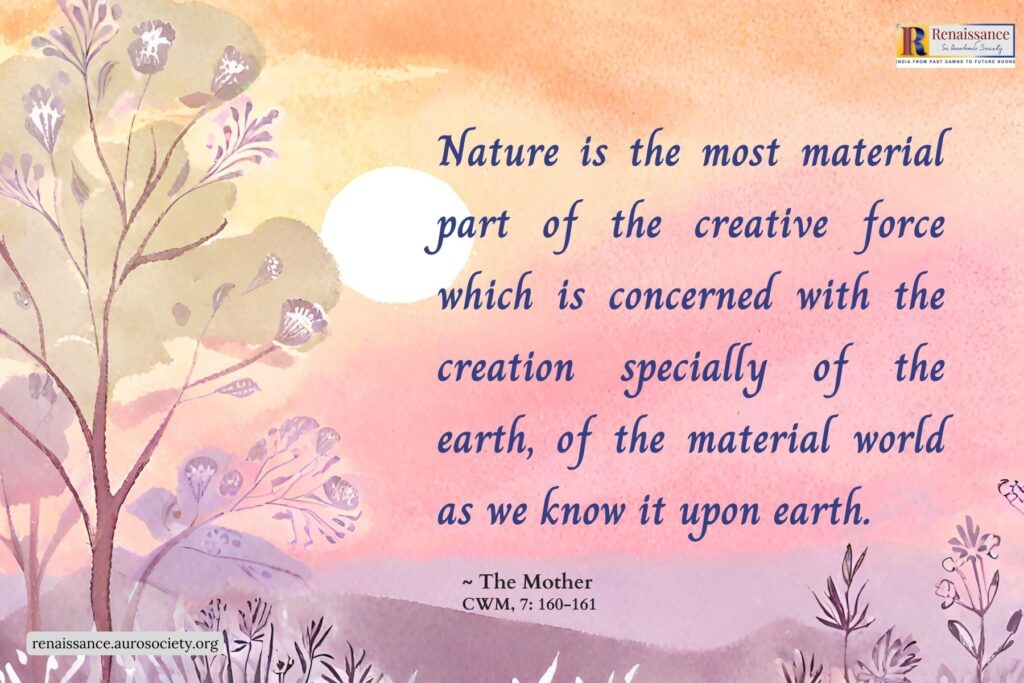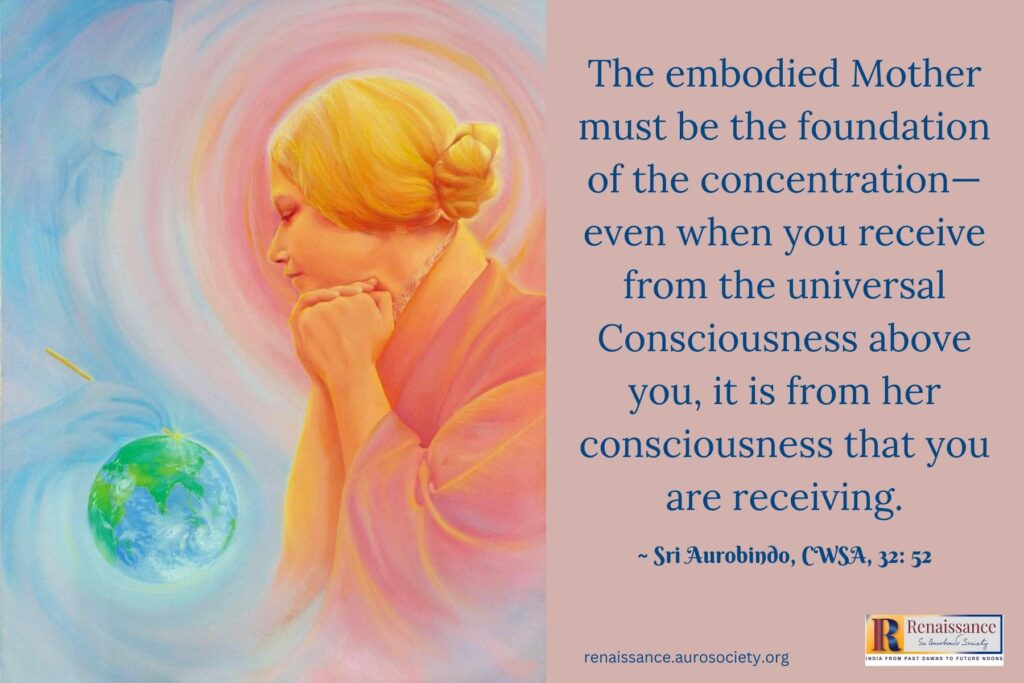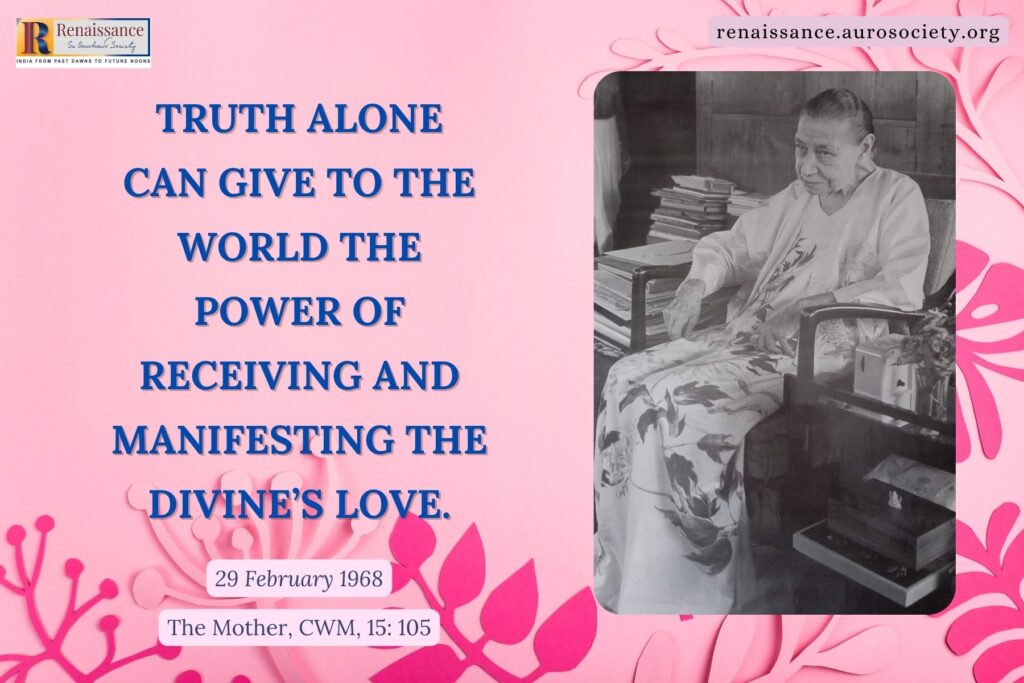Excerpts from the book ‘Mystery and Excellence of the Human Body’, edited by Kireet Joshi, 2003, published by Indian Council of Philosophical Research
* * *
India has had a long history of physical education, far more ancient than Greece. But in our times when the Olympic Games occurring every four years have become probably the biggest planetary event, most people know that the Games originated more than two thousand years ago in Greece. In addition, Greeks have given the Western world through many beautiful statues a keen sense of bodily perfection, an ideal of physical beauty unsurpassed to this day. There was such an emphasis on the importance of beauty and physical prowess that some of the highest honors in Greek society were bestowed on athletes, to an extent unknown before and unsurpassed since.
India had already a very cultured society one or two millennia at least before the Greek awakening around 800 B .C. Yet, if ancient Greeks are easily perceived as very physical in their preoccupations, Indians in contrast are rather seen as metaphysical beings, hardly interested in material things. And it is indeed true that at a certain stage of the development of Indian culture, a deep influence has been cast on Indian collective psyche, bringing about a tendency to consider physical life as somewhat unreal.
Yet India is also well known as the native place of Yoga. Therefore knowledge about body and spirit and methods appropriate to perfection of body and spirit could evolve in India. Could this have happened in an environment generally indifferent to physical exercises and physical education?
* * *
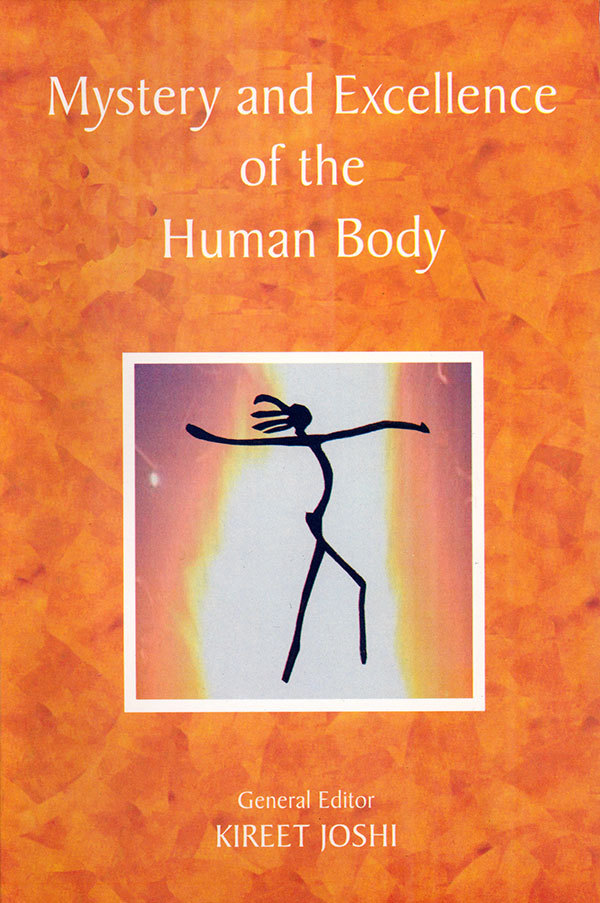
* * *
We should remember the heroes that India gave to herself who represent not only great qualities of courage and valour but also of physical strength and excellence. Here is how Valmiki describes Rama in the opening verses of the Ramayana:
There is a famous king by the name of Rama, born in the line of great lkshwaku. He is of subdued sense and of exceeding might. He has mighty arms reaching to the knees. His throat is marked with three auspicious conchshell lines. He has high and broad shoulders, well-formed head, graceful forehead, strongest jaws, and deeply embedded collar bones. His eyes are large, and his colour is of soft lustrous green. He is neither too tall, nor very short, but well-formed and of symmetrical limbs. This highly beautiful and mighty Rama is supremely intelligent, and of eloquent speech.
Centuries later, the poet Kalidasa in his description of Rama echoed Valmiki ‘s description.
Young, with arms long as the pole of the yoke, with sturdy shoulders, with a chest broad as a door panel, and a full broad neck, Raghu was above his father by the excellence of his body, and yet through his modesty he looked smaller.
* * *
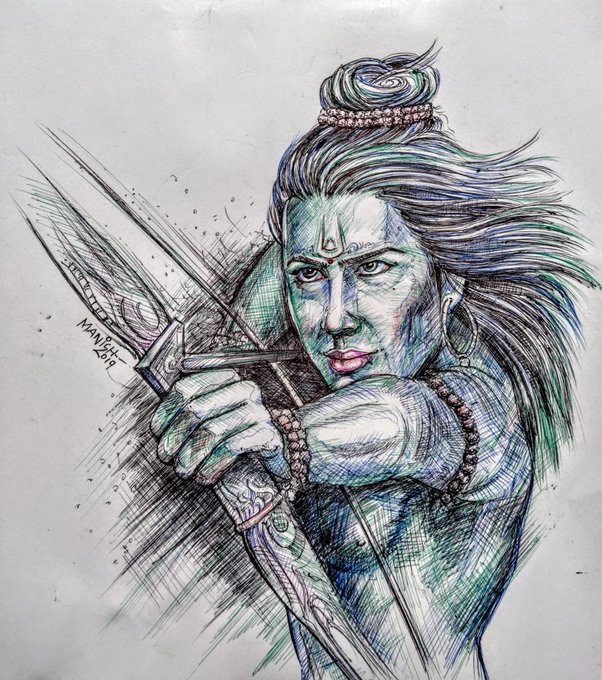
* * *
Let us think of Arjuna, as described in Mahabharata:
Without him whose arms are long and symmetrical, and stout and like unto a couple of iron maces and round and marked by the scars of the bow-strings and graced with the bow and sword and other weapons and encircled with golden bracelets and like unto a couple of five-headed snakes, without that tiger among men the sky itself seemeth to be without the sun.
Similarly for Bhima,
whose body was beautifully proportioned, perfect specimen of manhood with his broad chest, slim waist and narrow hips.
and Karna,
tall like a golden palm tree, capable of slaying a lion.
and many others, endowed with resplendent bodies, whose feats of strength, endurance and agility fill the pages of Mahabharata. These heroes are not abstract images, their bodies are not less praised than their commitment to dharma, their loyalty, their devotion or their generosity.
What was the secret of this superhuman force of body and mind which we see pulsating in the heroes of Ramayana and Mahabharata? What was it that stood behind a civilization which produced such characters? Without a great and .unique discipline involving a perfect education of body, soul and mind, this would have been impossible. We will see later how physical education was an integral part of the educational curriculum, but first it must be said that, at the basis of the ancient system of education was the all important discipline of Brahmacharya.
* * *
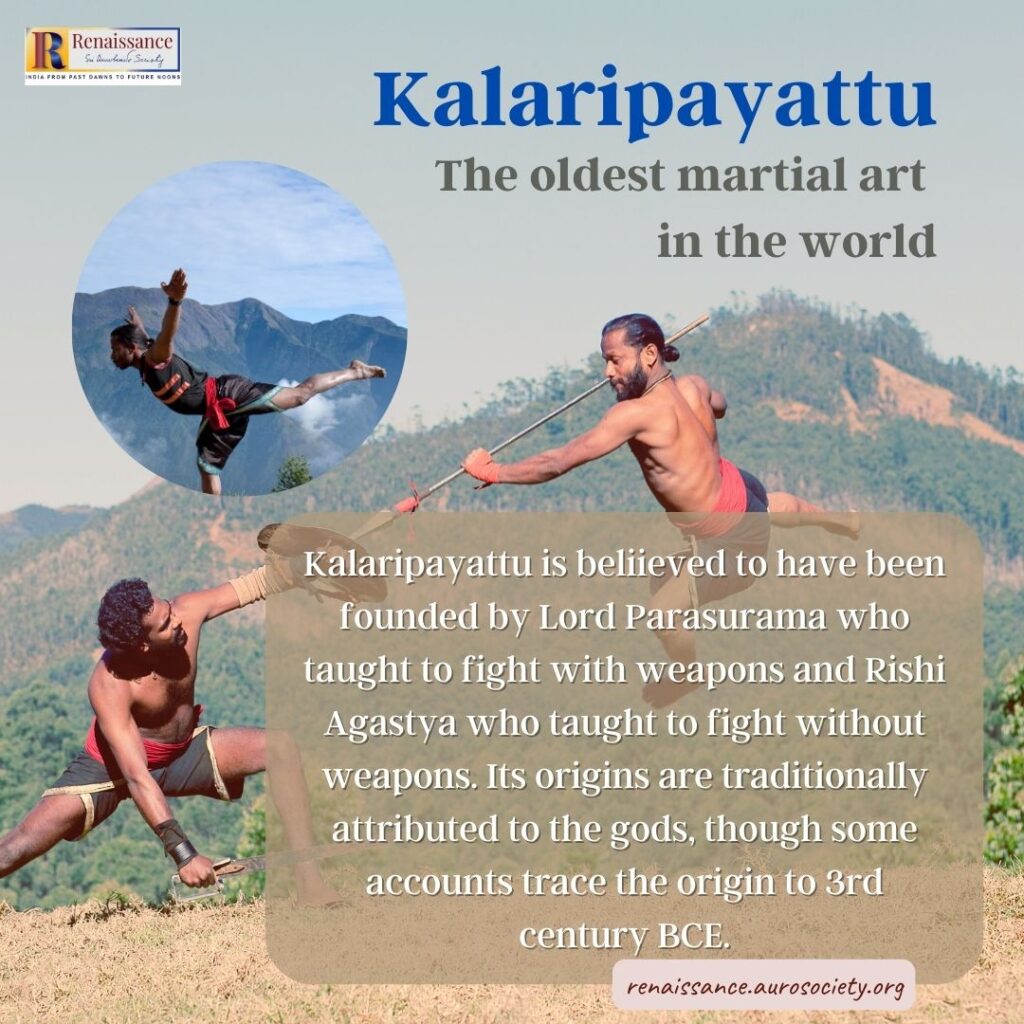
* * *
Ancient Indians knew that, in the same way a wave is not separate from the ocean, man is not separate from the universe and the universal energy. The same force which moves in stars and planets moves in man. And they knew that the source of energy is spiritual but in the physical world the basis, the foundation on which it stands is physical.
Man can increase his capacity as a receptacle of this energy. By the discipline of Brahmacharya, by keeping alive his burning aspiration for the knowledge of the Brahman, by having control over his desires and passions, by maintaining a receptive state of mind, he can retain and even largely increase energy in his soul, brain and body.
And indeed, if we turn to the ancient texts, the Vedas and Upanishads, we will see that the body, far from being regarded by spiritual seekers as an obstacle, something to be discarded, was considered as a receptacle for strength (bala). Strength was among physical qualities the most praised:
बलेन लोकस्तिष्ठति बलमुपास्स्वेति ॥
(Chandogya Upanishad 7.8. l )
The existence of the world is dependent on strength. Be devoted to strength.
We find numerous prayers asking that strength might be given:
बलं धेहि तनूषु नो बलमिन्द्रानळुत्सु नः।
(Rigveda, 3.53.18)
बलं तोकाय तनयाय जीवसे त्वं हि बलदा असि॥
Equip our body with strength, O lndra, shower strength in our bulls. Shower strength for life on our progeny. You are verily the bestower of strength.
तेजोऽसि तेजो मयि धेहि। वीर्यमसि वीर्य मयि धेहि॥
(Yajurveda, 19.9)
बलमसि बलं मयि धेहि। ओजोऽसि ओजो मयि धेहि॥
मन्युरसि मन्युं मयि धेहि । सहोऽसि सहो मयि धेहि॥
Thou art splendour; bestow splendour on me.
Thou art potency, bestow potency on me.
Thou art strength, bestow strength on me.
Thou art virility, bestow virility on me.
Thou art force of action, bestow the same on me.
Thou art prowess, bestow prowess on me.
The teacher and his pupil are together united in an aspiration to become strong:
सह वीर्यं करवावहै
(Taittiriya Upanishad, 2.1 )
Together may we make unto us strength and virility.
There was a lot of appreciation about those who were strong, stout and in possession of vigour and might. Up to twenty-two adjectives in Sanskrit can be used to praise the strong! The Rishis of the Vedas and Upanishads believed in a body with firm limbs, strong and hard like stone.
अश्मा भवतु नः तनूः
(Rig Veda, 6.75.12)
May our body become invincible like a rock.
During the Vedic and the Upanishadic periods, and even later, there was an emphasis on the pursuit of an integral aim of life, which determined the discipline of integral education. Both the material and spiritual poles of the being had their place in this system. The ancient Sanskrit adage “Shariram adyam khalu dharma sadhanam ” (a sound body is the veritable instrument of the pursuit of the ideal law of life) underlined the importance of physical education. And indeed it occupied an important place in the educational curriculum.
Among the large variety of sciences and arts offered to students, 3 Upavedas, or sciences, were in some way related to the education of the body: the Upaveda of Rigveda, called Ayurveda (the science and art of sustenance, protection and maintenance of long life); the Upaveda of Yajurveda, called Dhanurveda (science dealing with weapons of war and art of warfare); and the Upaveda of Samaveda, called Gandharvaveda (science of music, singing, dancing and dramatics).
Source: Mystery and Excellence of the Human Body, Editor: Kireet Joshi,
Published by Indian Council of Philosophical Research, 2003, pp, 267-272
* * *
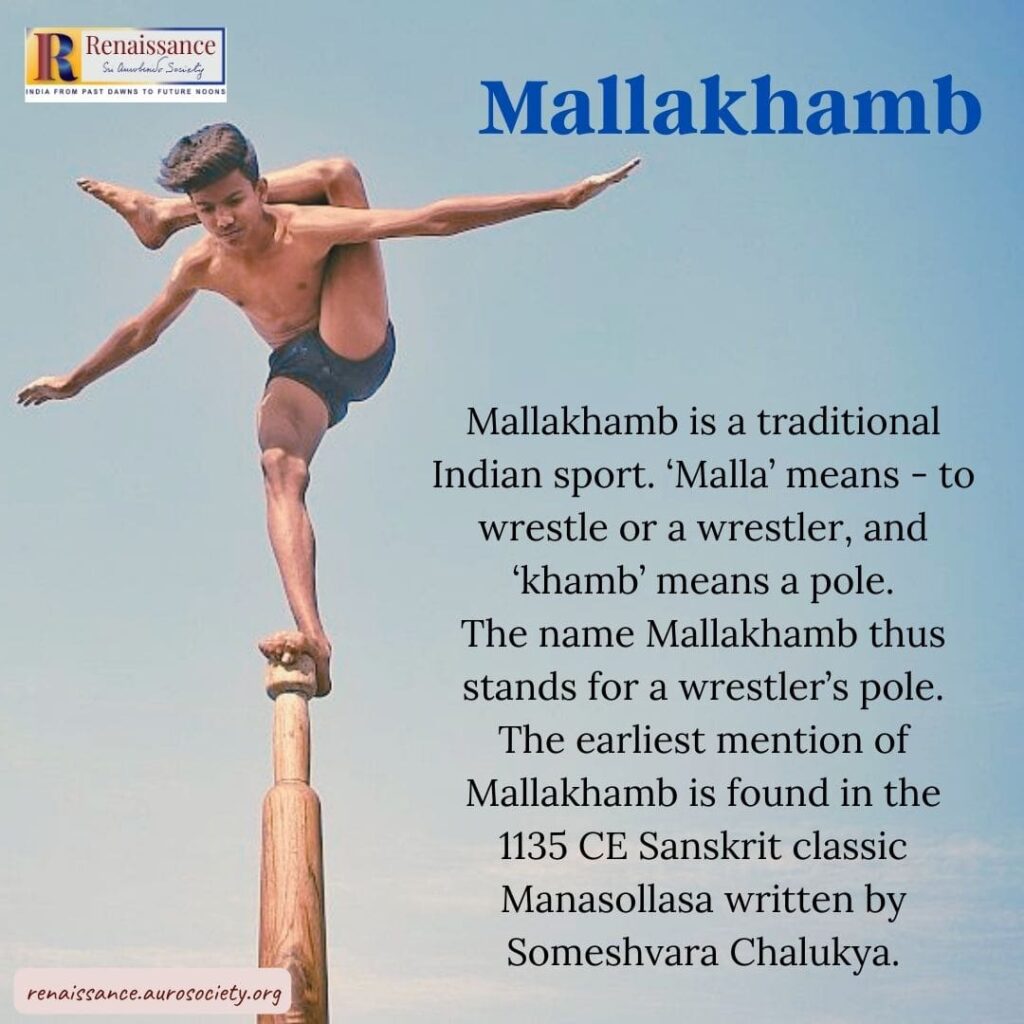
* * *
For a quick overview of physical education in ancient India we present here selections from our extensively researched exhibition titled “Bharata Shakti: Mother India – A Power, A Godhead” (2018).
Click at the link below:
Physical Education in Ancient India
– A Visual Summary
~ Cover Image: Kalaripayattu performance at Auroville,
Photo by Narayana Sankar
~ Rama drawing by Manish Vishwakarma

